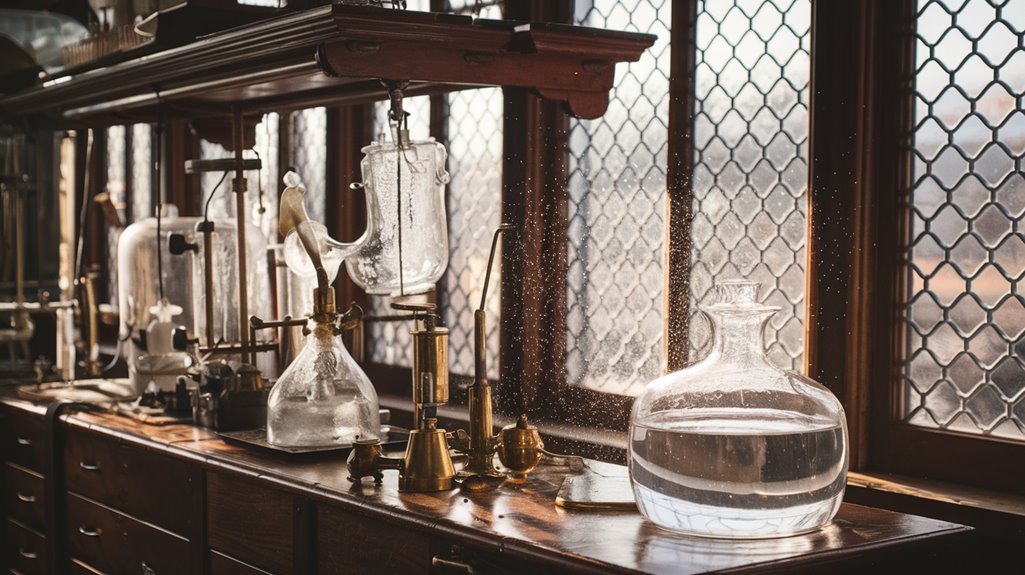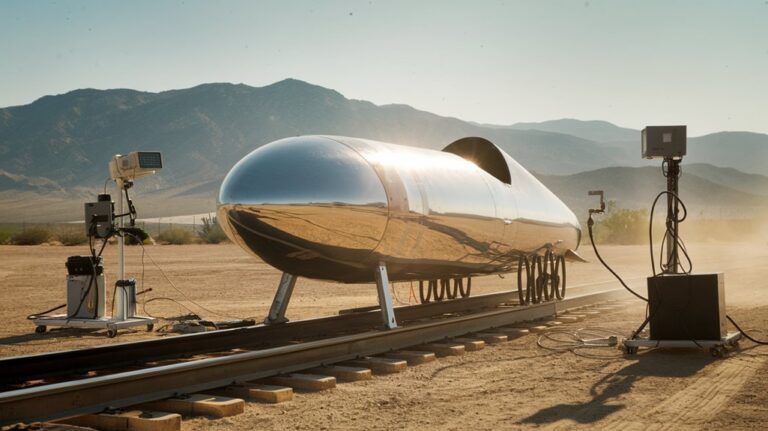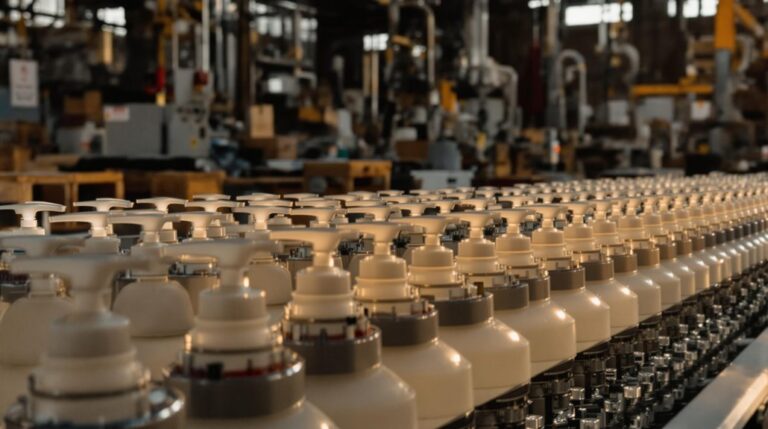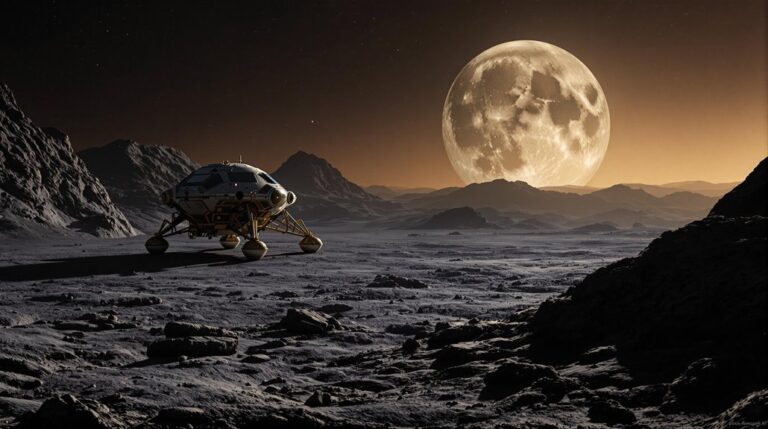Oxygen’s Discoverer Also Created Carbonated Water
You might not realize that the fizzy drinks you enjoy today trace back to a brilliant scientist who was actually studying beer fermentation. When Joseph Priestley suspended a bowl of water above fermenting beer in 1767, he didn't just stumble upon carbonated water – he launched an entire industry. This discovery came seven years before his famous isolation of oxygen, proving that some of history's most impactful innovations can emerge from unexpected places. What's even more intriguing about Priestley's story is how his controversial religious views shaped his scientific journey.
A Revolutionary Scientist and Religious Thinker
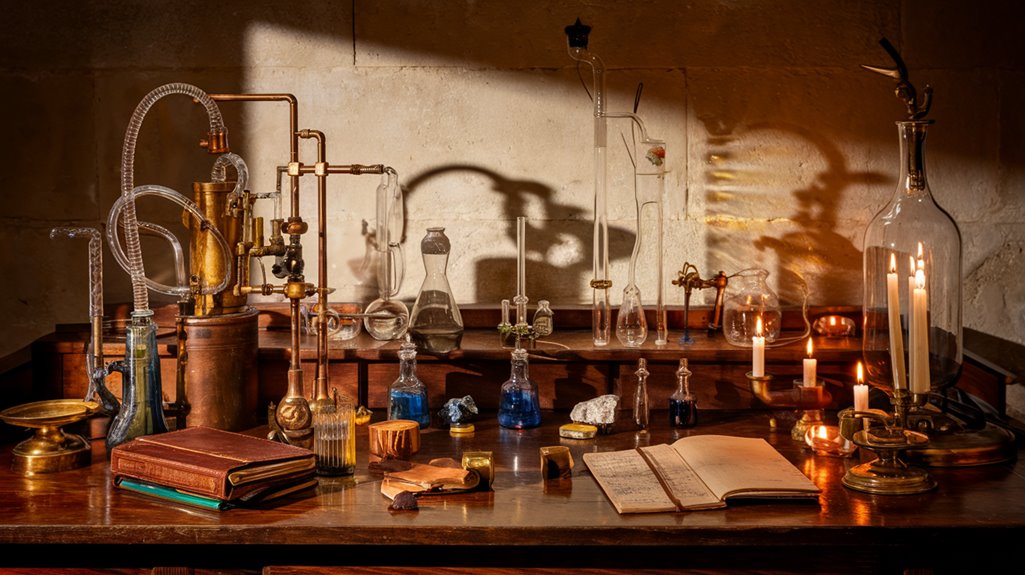
While many know him as oxygen's discoverer, Joseph Priestley was a true Renaissance man who transformed both scientific and religious thought in the 18th century.
His innovative experiments in brewery fermentation led him to create the world's first carbonated water in 1767.
You'll find his influence spanning across chemistry, theology, and political theory, as he published over 150 works during his lifetime.
His dedication to scientific philosophy led him to groundbreaking discoveries, including carbonated water and several gases. After extensive research, his work "The History of Electricity" became the standard reference text for more than 100 years.
Yet, you might be surprised to learn that he was equally passionate about religious reform. As a Unitarian, he challenged the Church of England's teachings and advocated for a return to what he called "primitive" Christianity.
This bold stance eventually forced him to flee to America in 1791, where he continued his research while maintaining his controversial religious views until his death in 1804.
The Accidental Discovery of Oxygen
Although Joseph Priestley made numerous scientific contributions, his most famous discovery came on August 1, 1774, when he isolated oxygen through an ingenious experiment.
Using a burning lens, he heated mercuric oxide in an inverted glass container placed in a pool of mercury. This accidental discovery produced a gas that supported combustion and life more efficiently than regular air.
At the time, scientists believed in the phlogiston theory, which claimed that burning substances released a mysterious element. He observed that a mouse could survive for an hour when placed in this newly discovered gas.
Though Priestley initially called his discovery "dephlogisticated air," Antoine Lavoisier later named it oxygen and proved that combustion actually involved oxygen absorption.
This breakthrough revolutionized our understanding of gas composition and proved that air wasn't a simple element but rather a mixture of different gases, including oxygen and nitrogen. His scientific pursuits continued after he fled to Pennsylvania in 1794, where he conducted groundbreaking research until his death.
Inventing the World's First Carbonated Beverage
Long before modern soft drinks filled store shelves, Joseph Priestley made a groundbreaking discovery in 1767 at a brewery in Leeds. You might be surprised to learn that he created carbonated water by simply suspending a bowl of water over fermenting beer. The carbonation process occurred when carbon dioxide from the fermentation dissolved into the water above. Priestley experienced a peculiar satisfaction when tasting his invention for the first time.
This beverage innovation laid the foundation for today's soft drink industry. Priestley documented his findings in "Impregnating Water with Fixed Air," highlighting both taste and health benefits. The term soda water emerged to describe this carbonated creation.
While his early method had limitations, it caught the attention of Johann Jacob Schweppe, who later commercialized the process in 1786. Schweppe's improvements, using sodium bicarbonate and tartaric acid, enabled mass production and established the first carbonated beverage factory in London.
From Chemistry to Controversy: Priestley's Journey
Joseph Priestley's legacy extends far beyond his carbonated water discovery. You'll find his contributions both revolutionized and divided the scientific community.
In 1774, he discovered oxygen but called it "dephlogisticated air," sparking scientific disputes with Antoine Lavoisier, who later developed the modern oxygen theory. His early scientific journey began when he purchased air-pumps and instruments in 1758, conducting experiments initially just for his students and personal interest. His groundbreaking work in 1767 led him to develop fixed air infusion, creating the first artificial carbonated water.
While his chemistry experiments earned him the prestigious Copley Medal, Priestley's theological beliefs proved equally controversial. His rejection of the Trinity and support for both the American and French Revolutions made him powerful enemies.
You might be surprised to learn that an angry mob burned down his home and church in 1791, forcing him to flee to America. Despite this persecution, his influence reached Thomas Jefferson, who adopted many of Priestley's religious views, showing how his impact transcended both science and faith.
Scientific Legacy and Modern Impact
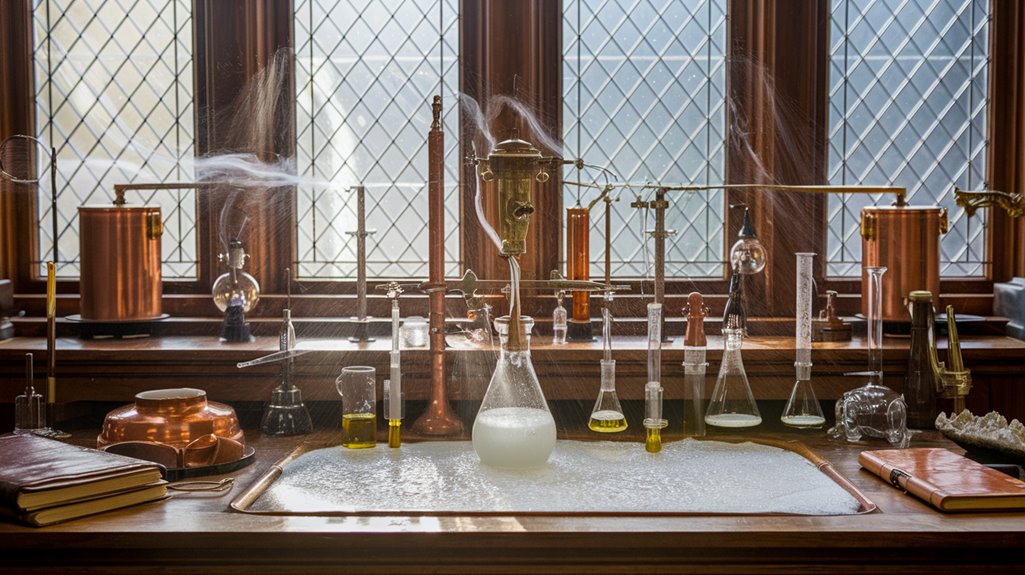
While the discovery of oxygen stands as Priestley's most famous achievement, you'll find his scientific legacy encompasses far more extensive contributions. His innovative scientific methods for collecting and analyzing gases revolutionized atmospheric chemistry, setting standards that scientists still use today.
His remarkable career led him to be awarded the prestigious Royal Society's Copley Medal in 1773 for his groundbreaking research on gases.
You can trace many modern laboratory techniques back to his improved pneumatic trough design.
Beyond oxygen, Priestley's work on photosynthesis revealed how plants interact with air, while his creation of carbonated water shows how his discoveries extended into practical applications.
His experiments with various gases helped establish air as a complex mixture rather than a simple element.
When you examine modern air quality testing or gas analysis techniques, you're seeing the lasting impact of Priestley's methodical approach to understanding the atmosphere's composition.
After facing intense criticism for his political views, Priestley made the decision to flee to Pennsylvania where he continued his scientific pursuits.
Exile Years in America and Final Discoveries
Despite his groundbreaking scientific achievements in England, political and religious persecution forced Priestley to seek refuge in America in 1794.
You'll find that his exile challenges began immediately upon settling in Northumberland County, Pennsylvania, where scientific isolation severely limited his research capabilities.
He received an enthusiastic welcome from supporters when arriving in New York before continuing to Pennsylvania.
 a proper laboratory despite the rural challenges.
a proper laboratory despite the rural challenges.
While the election of Thomas Jefferson in 1800 provided some relief from political persecution, his scientific work remained constrained by his rural surroundings.
Despite these obstacles, he continued writing and corresponding with fellow intellectuals until his death in 1804.
Though his final years weren't as scientifically productive as his time in England, he maintained his dedication to religious tolerance and scientific inquiry.




